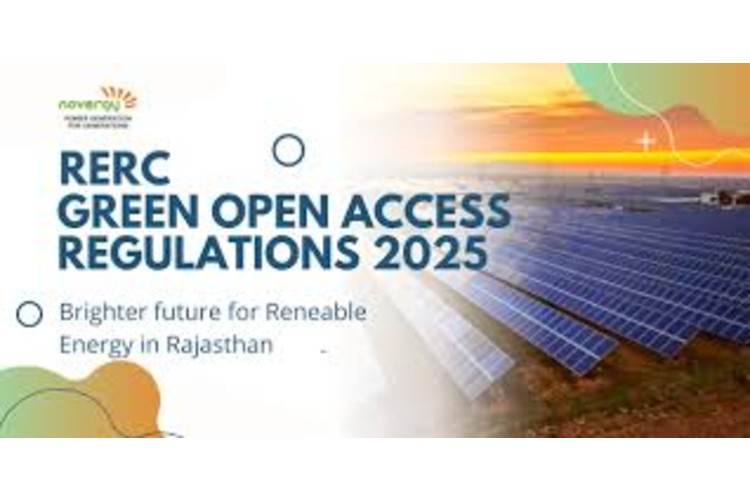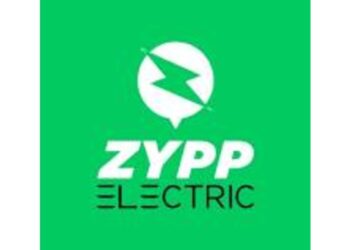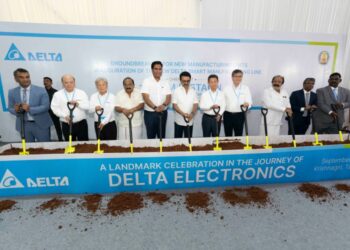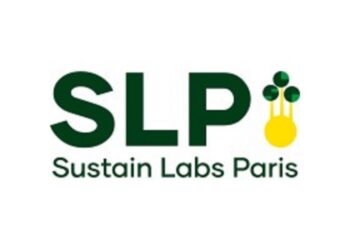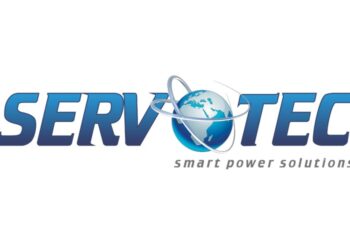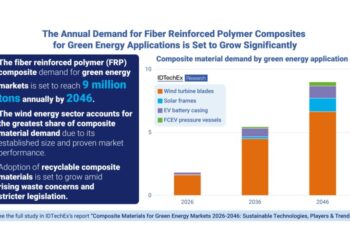The Rajasthan Electricity Regulatory Commission (RERC) has issued the Rajasthan Electricity Regulatory Commission (Terms and Conditions for Green Energy Open Access) Regulations, 2025. These rules allow captive renewable energy projects, including behind-the-meter installations, to have capacities up to 200 per cent of the consumer’s contract demand. If the capacity exceeds 100 per cent, a battery energy storage system (BESS) storing at least 20 per cent of the energy generated beyond 100 per cent is mandatory. Consumers with a sanctioned load of 100 kW or more in the same electricity division of a discom can apply for green energy open access without a lower load limit. Renewable projects above 5 MW connected to the state transmission utility (STU), excluding hydro, must install BESS capable of two hours of storage or 5 per cent of the capacity. Open access is available in short-term (up to 1 month), medium-term (3 months to 3 years), and long-term (12 to 25 years) categories. Short-term access requires reapplication upon expiry on a first-come, first-served basis.
All applications must be submitted through the centralised portal of the central nodal agency and forwarded to the appropriate state nodal agency (SNA), which must dispose of them within 15 days. The Rajasthan STU will function as the SNA for long and medium-term access, while the Rajasthan state load dispatch centre is the SNA for short-term access. The STU must submit procedural documents to RERC within 30 days of the regulation’s notification. Discoms have the highest allotment priority, followed by long-term, medium-term, and short-term green energy open access consumers. The priority is subject to system capacity. Green open access consumers, however, will be prioritised over normal open access consumers. Interstate transmission charges are set by the Central Electricity Regulatory Commission, and intrastate charges by RERC. Wheeling charges will be determined by RERC through tariff orders. Both charges apply if extra high voltage and distribution networks are used. Co-located hybrid projects pay charges on the contracted capacity. Non-co-located hybrid projects must pay separately for wind and solar components.
Injection beyond contracted capacity is deemed inadvertent and not paid or settled by discom. Power supplied from BESS during peak or non-solar hours up to 2,000 MW, or until 2030, is exempted from the transmission and wheeling charges. Renewable energy projects with BESS of at least 5 per cent of renewable capacity will get 75 per cent charge exemption for seven years. For each additional 1 per cent of the capacity up to 30 per cent, further 1 per cent exemption shall be granted. Standalone BESS and those connected at 11 kV or 33 kV substations are also fully exempt for seven years. Green hydrogen or ammonia projects commissioned before 2030 get 50 per cent charge waivers. Cross subsidy surcharge (CSS) applies in addition to transmission and wheeling charges and is determined by RERC tariff orders. CSS will not exceed 20 per cent of the average cost of supply and may be capped at 50 per cent of the surcharge set in the year of commissioning surcharge for a period of 12 years. No additional surcharge applies if fixed charges are paid within the contract demand; otherwise, the surcharge applies to excess consumption. Banking is allowed for captive projects up to 100 per cent of the contract demand within the state, with a maximum limit of 25 per cent of injected energy or 30 per cent of monthly discom consumption.


